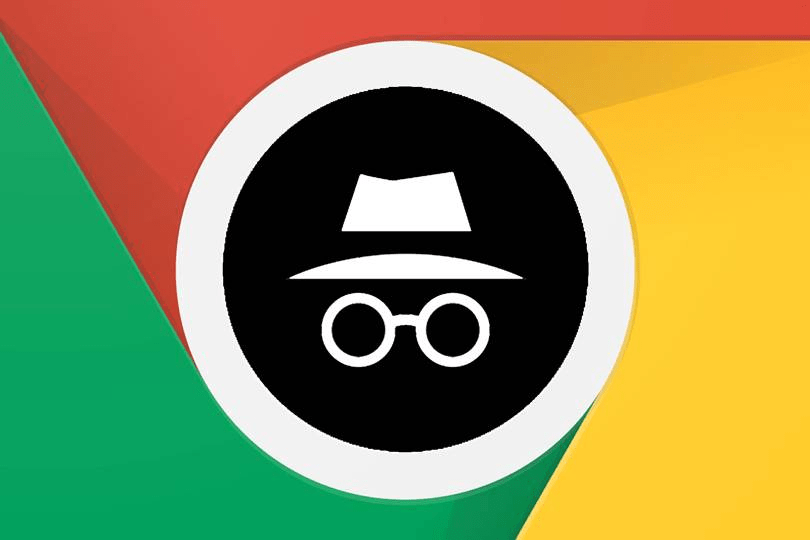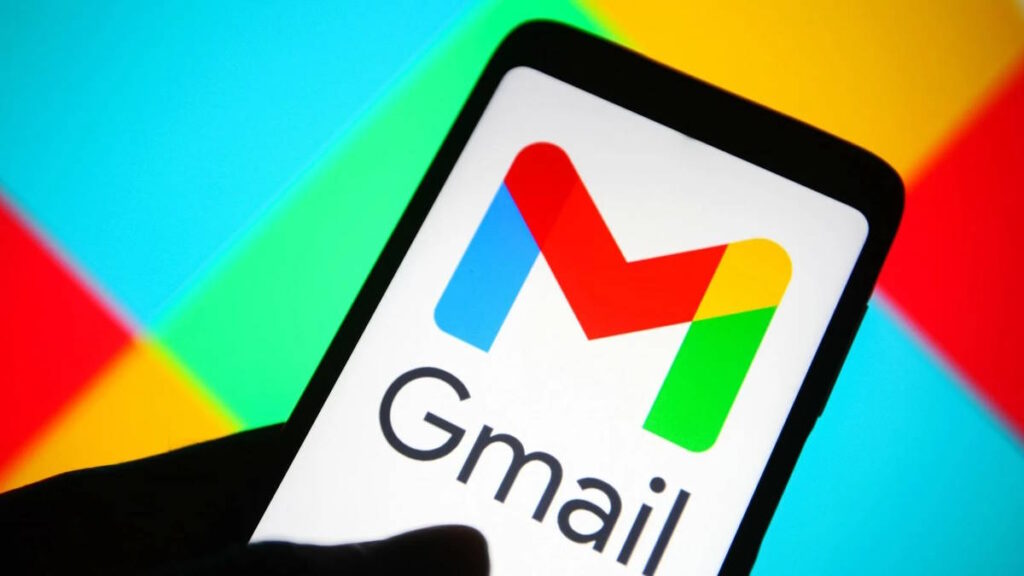Understanding the ChatGPT Ghibli Art Style Images Trend
The viral trend of transforming personal photos into Studio Ghibli-style images using ChatGPT has taken the internet by storm. This process, affectionately known as “Ghiblification,” involves using AI technology to reimagine everyday images in the signature style of Studio Ghibli’s hand-drawn animation. By submitting a simple photo—whether it’s a portrait, landscape, or pet—users can instantly create an image reminiscent of the magical worlds depicted in beloved Ghibli films.
What makes ChatGPT Ghibli style images so captivating is the combination of technology and nostalgia. The AI applies specific stylistic elements characteristic of Ghibli’s art, such as soft color palettes, intricate backgrounds, and whimsical character designs. The result is a personalized artwork that not only resembles the unique visual style of the studio but also evokes a sense of wonder and charm. People have shared their AI-generated images on social media platforms, creating a wave of engagement and spreading the trend even further.
The trend’s popularity is a testament to the powerful fusion of AI and creativity. However, the ease with which these images are generated has raised some important questions about originality, artistic integrity, and the boundaries between human creativity and AI capabilities. The ChatGPT Ghibli style images feature provides a unique way for users to interact with both their own likeness and an iconic artistic style, making it an exciting development in the world of digital art.
The Technology Behind ChatGPT Ghibli Art Style Images
At the core of the ChatGPT Ghibli style images feature lies a sophisticated AI system trained on an extensive database of images and artistic styles. Using deep learning algorithms, the system analyzes a user’s photo and applies stylistic transformations that mimic the hand-drawn animations of Studio Ghibli. The AI understands the nuances of Ghibli’s artistic techniques, from the vibrant colors to the subtle textures that define its visual appeal.
ChatGPT uses natural language processing to interpret user instructions and generate images based on specific prompts. For example, a user may ask the AI to turn their photo into a “Studio Ghibli-inspired portrait” or “Ghibli-style landscape.” The AI processes these instructions and produces an image that captures the essence of Ghibli’s animation style. This ability to combine AI’s computational power with artistic creativity represents a significant leap forward in the world of digital art.

Moreover, the customization options available to users make this feature even more appealing. People can experiment with different prompts to achieve various interpretations of the Ghibli style, allowing for a highly personalized and creative output. Whether it’s a dreamy scene with fantastical creatures or a serene portrait set in a lush, animated forest, ChatGPT Ghibli style images offer endless possibilities for self-expression.
Legal and Ethical Implications of AI-Generated Art
As with any new technology, the rise of ChatGPT Ghibli style images raises important legal and ethical concerns. One of the primary issues is the question of copyright. Studio Ghibli’s animation style is deeply ingrained in the creative work of its founders, particularly Hayao Miyazaki. The question arises: is it ethical for AI to replicate such a distinctive style without permission?
Studio Ghibli has yet to publicly endorse AI-generated images in its signature style, and this has sparked some controversy within the art community. Critics argue that using AI to imitate Ghibli’s work may undermine the value of traditional artistry and the time and effort invested in hand-drawn animation. Furthermore, concerns over copyright infringement are heightened as AI-generated images often closely resemble the unique visual language of Ghibli’s films.
OpenAI has taken steps to address these issues by imposing restrictions on the AI’s ability to generate images that directly mimic specific artists or studios. However, the debate over the ethical use of AI in replicating artistic styles remains unresolved. As AI technology continues to evolve, it is crucial to strike a balance between technological innovation and respect for the intellectual property of original creators.
Public Reactions and Industry Perspectives
The public’s reaction to ChatGPT Ghibli style images has been overwhelmingly positive, with many sharing their AI-generated creations across social media platforms. This enthusiasm highlights the appeal of blending personal photos with the whimsical and nostalgic aesthetic of Studio Ghibli’s films. People enjoy seeing themselves, their families, and their pets reimagined as characters in a Ghibli movie, and the viral trend has sparked a sense of excitement and creativity.
However, professional artists and critics have voiced concerns about the implications of AI-generated art. Some worry that the proliferation of AI tools like ChatGPT could devalue the work of traditional artists and illustrators. As AI becomes increasingly capable of replicating artistic styles, the role of human creativity in the artistic process could be called into question.
While some view AI-generated art as a fun and novel form of expression, others see it as a potential threat to the integrity of the art world. As the technology behind ChatGPT Ghibli style images evolves, it will be interesting to see how the art community adapts and responds to the growing presence of AI in creative fields.


